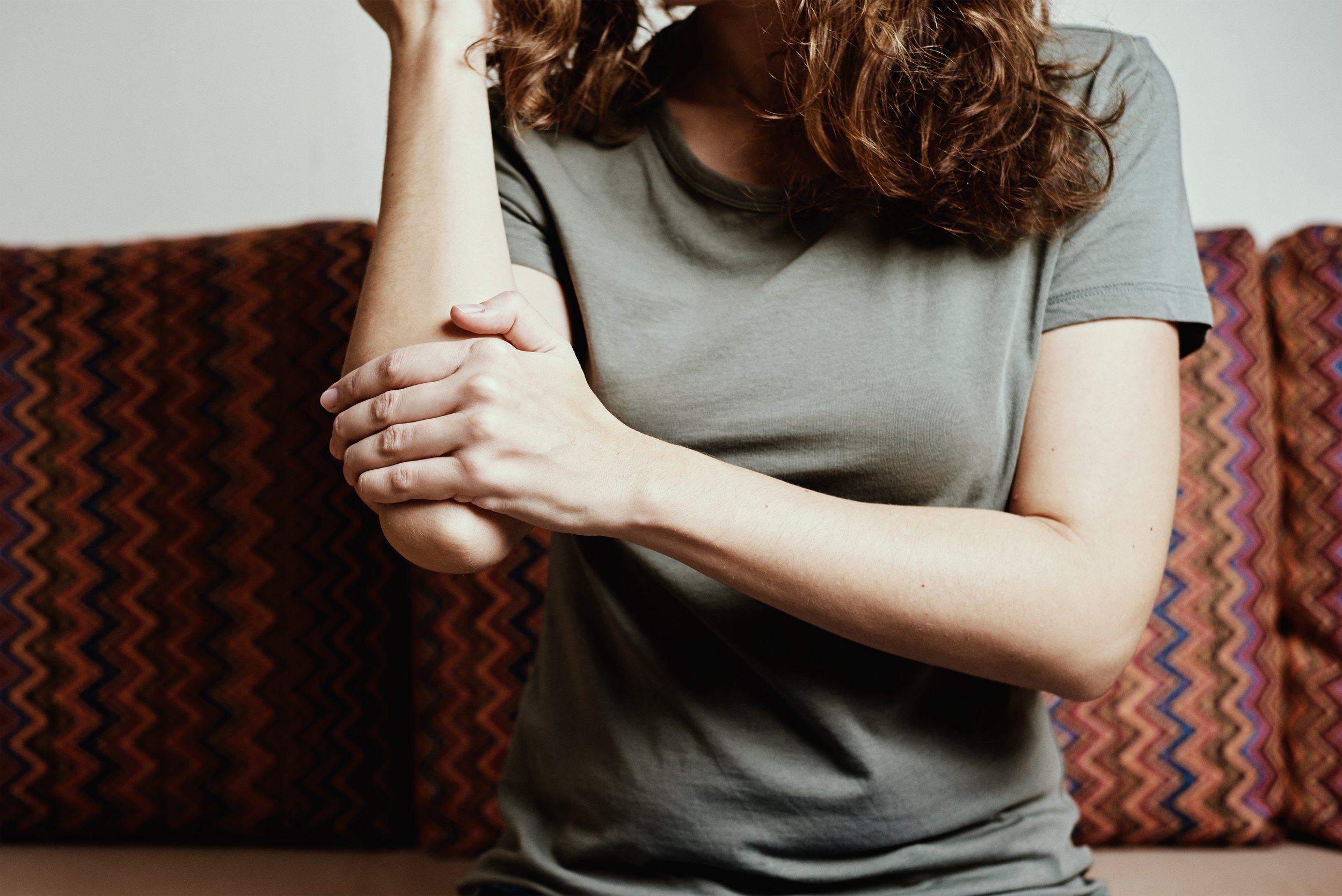Ulnar collateral ligament (UCL) injuries are relatively common and typically occur in the elbow joint. The UCL is located on the inner side of the elbow and is responsible for stabilizing the joint during activities that involve throwing or repetitive stress on the elbow.
UCL injuries often occur in athletes who participate in sports such as baseball, softball, javelin throwing, and other overhead activities. These injuries can range from mild sprains to complete tears of the ligament. UCL injuries are particularly common in baseball pitchers due to the repetitive and forceful motion of throwing.
Symptoms of a UCL injury may include:
Pain on the inner side of the elbow
Swelling and tenderness around the elbow joint
Difficulty or pain when throwing or performing overhead activities
A feeling of instability in the elbow
If you suspect a UCL injury, it is important to seek medical attention. A healthcare professional, typically an orthopedic specialist, will evaluate the injury through a physical examination, medical history review, and possibly imaging tests like an MRI.
Treatment options for UCL injuries depend on the severity of the injury. Non-surgical treatment options may include:
Rest and activity modification: Avoiding activities that aggravate the injury.
Physical therapy: Strengthening exercises for the surrounding muscles and improving range of motion.
Bracing or splinting: To provide stability and support to the elbow during healing.
Anti-inflammatory medications: Non-steroidal anti-inflammatory drugs (NSAIDs) can help reduce pain and inflammation.
In cases where the UCL tear is severe or does not respond to conservative treatment, surgery may be recommended. The most common surgical procedure for UCL injuries is called Tommy John surgery, named after the baseball pitcher who underwent the procedure. During surgery, the torn ligament is replaced or repaired using a graft, which may be taken from another part of the patient's body or from a donor.
Rehabilitation after surgery is crucial and usually involves a structured program of physical therapy to gradually regain strength, stability, and range of motion in the elbow. The recovery period can be lengthy, typically spanning several months, and requires patience and adherence to the rehabilitation plan.
It's important to note that this information is not a substitute for medical advice. If you suspect a UCL injury, it's best to consult with a healthcare professional for an accurate diagnosis and appropriate treatment recommendations.

